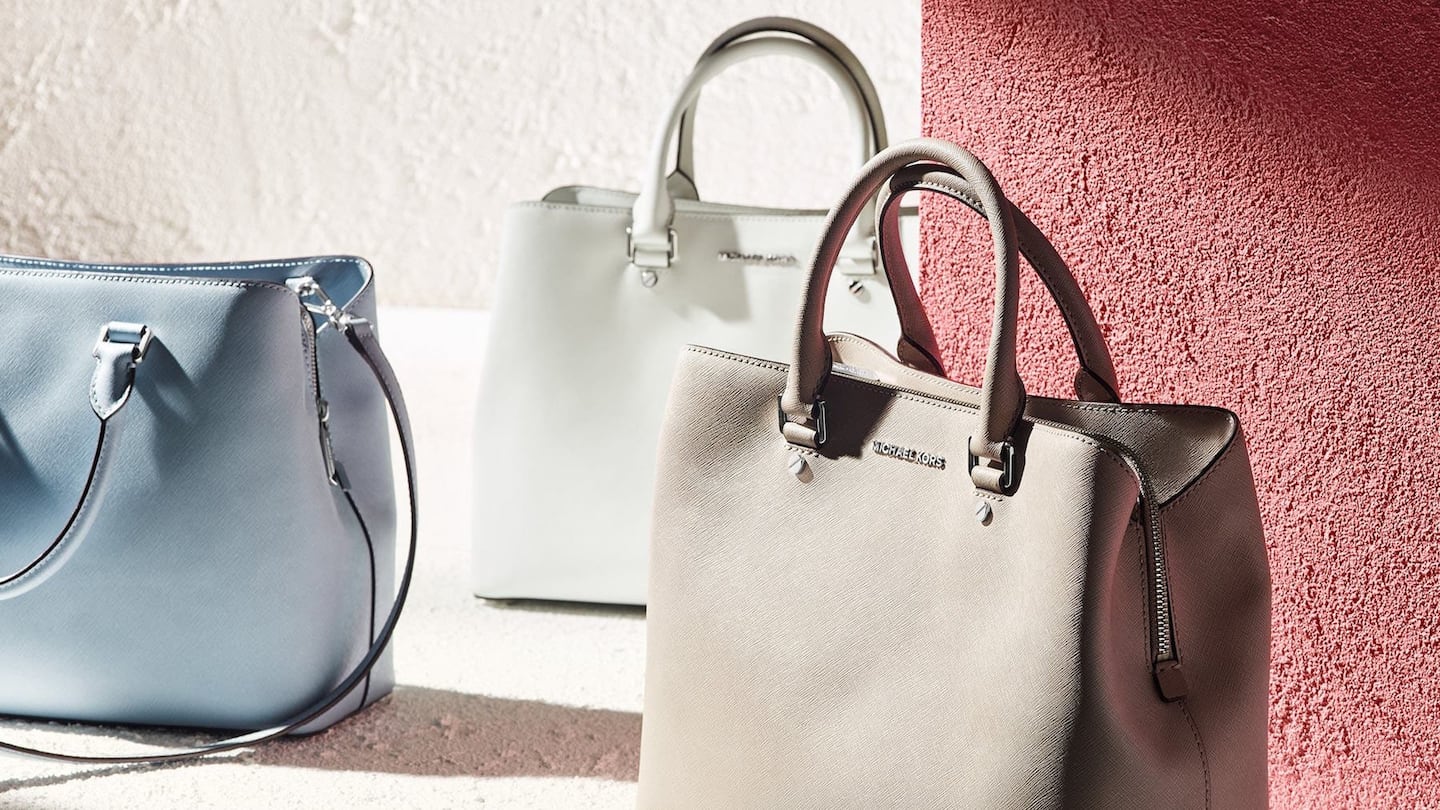
The Business of Fashion
Agenda-setting intelligence, analysis and advice for the global fashion community.

Agenda-setting intelligence, analysis and advice for the global fashion community.

NEW YORK, United States — The handbag industry, rocked by slowing department-store traffic and a shift away from purses by millennials, has a new mantra this holiday season: Do more with less.
Luxury retailers such as Nordstrom Inc., Bloomingdale's and Barneys New York are introducing far fewer styles of handbags this year as the critical Christmas season approaches. And the pressure on the industry has fuelled speculation that companies like Coach Inc. and Michael Kors Holdings Ltd. should find merger partners rather than fight it out alone.
Retailers are increasingly opting to differentiate themselves from competitors by introducing fewer new lines rather than swamping shoppers with too many choices, said Katie Smith, senior fashion analyst at Edited, a data-analytics company for the fashion industry.
“Reducing the number of products, making sure they are choosing their products really smartly, can help make sure they’re getting full-price sales rather than discount,” Smith said.
ADVERTISEMENT
In the three months through Aug. 31, the number of new handbags introduced by Nordstrom and Bloomingdale's fell 23 percent and 3 percent, respectively, compared with an increase of 5 percent and 11 percent the year before, according to Edited, whose clients include Ralph Lauren Corp. and luxury e-tailer Net-a-Porter. Barneys rolled out 41 percent fewer new lines in the third quarter of this year, compared with a 46 percent increase in 2015.
Coach, Michael Kors and Kate Spade & Co. are cutting back on sales to department stores, trying to avoid the record promotions that have hurt their brand cachet. When luxury retailers begin releasing their earnings on Tuesday, attention will be focused on how successful they have been in curbing discounting and coping with waning handbag demand.
Rough Patch
The US luxury industry has had a rough ride this year as online competition and a stronger dollar have slowed mall traffic. Global economic and geopolitical uncertainties have also damped shoppers' appetite for high-end items, stoking concerns about the future of the luxury market. That fueled speculation that Coach was considering merging with with British fashion house Burberry Group Plc, though those reports were dismissed by some analysts.
“The two brands just don’t go together from a retail or branding point of view,” said Neil Saunders, head of consumer research company Conlumino.
However, he said he understood why there would be speculation about such a merger.
“The luxury sector is going through a much slower pace of growth,” Saunders said, “so some people are looking to see how they can extract value by putting different brands together.”
Coach sold its real estate stake in Manhattan’s Hudson Yards development for about $707 million in August. But while it has the money and has discussed M&A as a potential strategy, the 75-year-old company is also going through a major turnaround plan of its own.
ADVERTISEMENT
New York-based Coach, which relies on handbags for more than half of its sales, is expanding into accessories and shoes. It has been aggressively promoting the Stuart Weitzman footwear brand, which it bought last year, while developing products to woo shoppers to pay full price.
Coach has posted three straight quarters of revenue growth after halting nine quarters of declines. But it faces ongoing pressure from tourism traffic in its outlet stores, which drive more than half of its North American sales, said Scott Krasik, an analyst at the Buckingham Research Group.
“We see fewer opportunities for Coach to drive margin expansion going forward without better sales growth,” he wrote in a note this month.
Michael Kors is also diversifying, with aggressive plans to expand products for men and its new smartwatch and fitness tracker lines made by Fossil Group Inc. Like Ralph Lauren and Kate Spade, the fashion house is selling less to department stores, even if it means sales will suffer in the short term.
Simeon Siegel, an analyst at Nomura Holdings Ltd., said investors will be looking to see how the strategy is working when companies like Michael Kors release earnings starting this week.
“If they shrink their sales and margins don’t get better, all they did was to give away sales,” Siegel said.
By Stephanie Wong; editors: Nick Turner, Mark Schoifet and Kevin Orland.
The British musician will collaborate with the Swiss brand on a collection of training apparel, and will serve as the face of their first collection to be released in August.
Designer brands including Gucci and Anya Hindmarch have been left millions of pounds out of pocket and some customers will not get refunds after the online fashion site collapsed owing more than £210m last month.
Antitrust enforcers said Tapestry’s acquisition of Capri would raise prices on handbags and accessories in the affordable luxury sector, harming consumers.
As a push to maximise sales of its popular Samba model starts to weigh on its desirability, the German sportswear giant is betting on other retro sneaker styles to tap surging demand for the 1980s ‘Terrace’ look. But fashion cycles come and go, cautions Andrea Felsted.